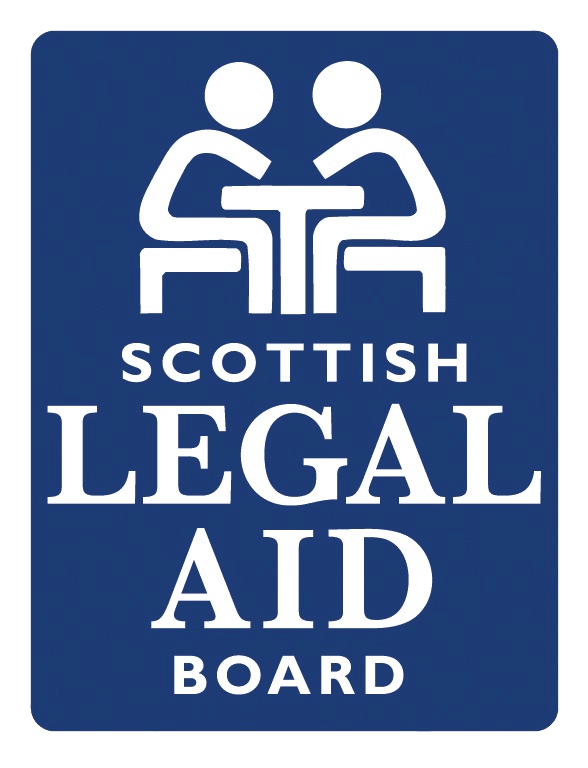HMA v Malcolm Cumlin 2018
Mr Cumlin was found guilty of two charges of assault on two women by a jury in Glasgow. He had appealed his conviction as the only witness who had previously identified him as the attacker was not able to indentify him as the attacker in Court. However, his appeal against his conviction has been refused.
The appellant’s argument in the High Court was that the Sheriff had misdirected the jury during the Trial Diet by not informing them that in order to convict Mr Cumlin of the assaults they would have to disregard the evidence given in court that he was not the assailant and accept only the evidence of the earlier identification. This earlier identification was based on photographs of the appellant. One of the victims made an identification of the appellant based on his distinctive eyebrows on the photographs but she was not able to identify the same man in court. The assailant was wearing a ‘hoodie’ at the time of the offence. The woman stated that she may have made a mistake in relation to the photographic picture. However, there was other evidence such as DNA found on the mouthpiece of a bottle held by the assailant matched that of the appellant.
The Defence, based on this fact, and the fact she was the only person to made a formal identification mad a no case to answer submission. However, the Sheriff refused this submission and the jury subsequently convicted the appellant. Leave to appeal was granted on the basis that the sheriff should have directed the jury that if the appellant was to be convicted they would have to disregard the evidence that that the appellant was not the assailant and accept the previous identifications.
It was argued that unless the earlier evidence of the photograph identification was accepted there would be insufficient evidence. However, the appeal judges did not think the jury had been misdirected by the original sheriff. Lord Malcolm said: “The jury was given a number of standard directions of relevance in the present context.
They were told that they could accept some parts of a witness’s evidence and reject other parts. Plainly this could include acceptance of the evidence that the appellant had been identified as the assailant eight days after the incident, and rejection of the retreat from that position…The key importance of the identification and DNA evidence will have been obvious to the jury. The directions as to corroboration were sufficient for the jury to appreciate the significance of rejecting either piece of evidence.” Therefore, Mr Cumlin’s conviction was upheld.



